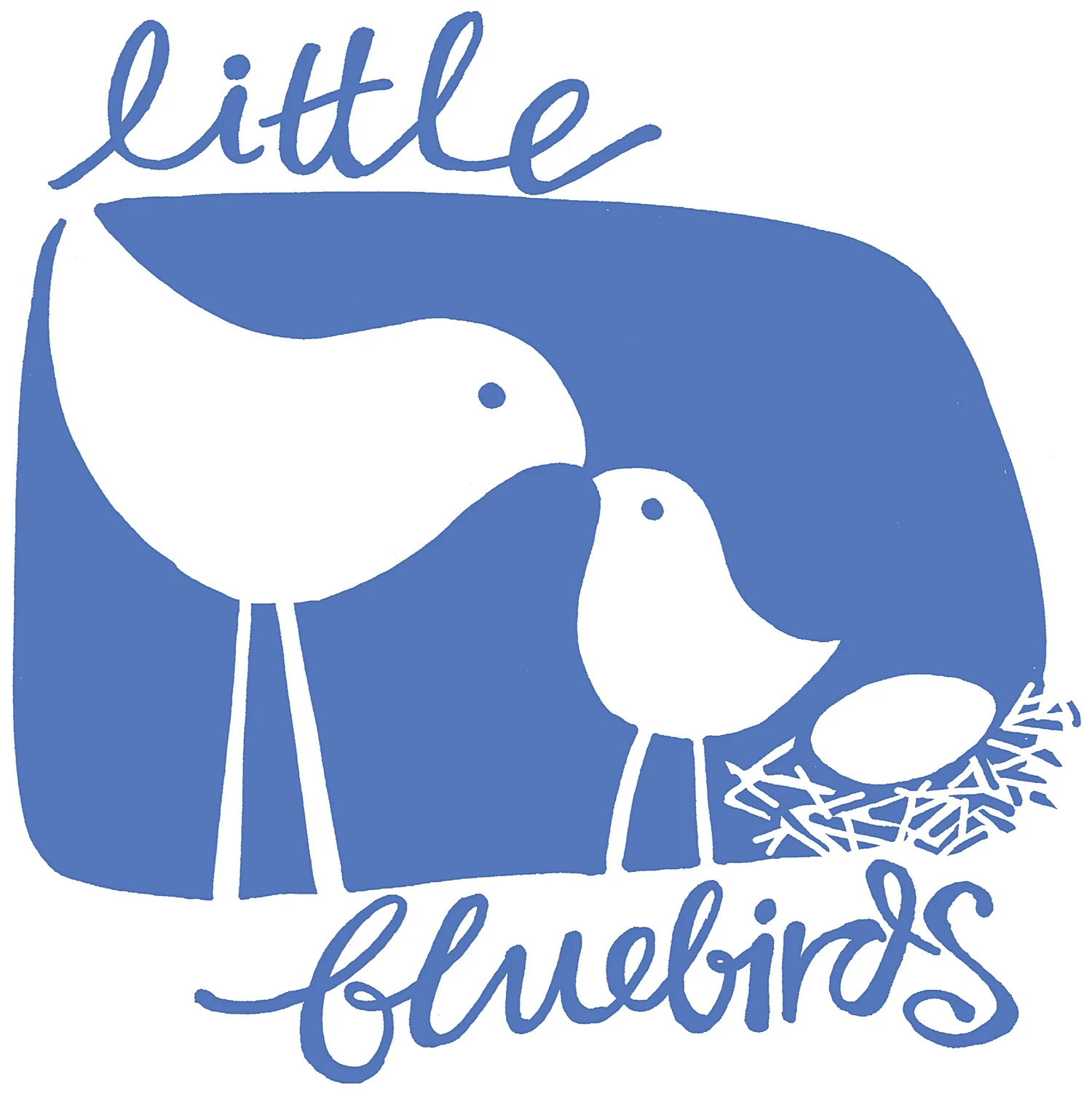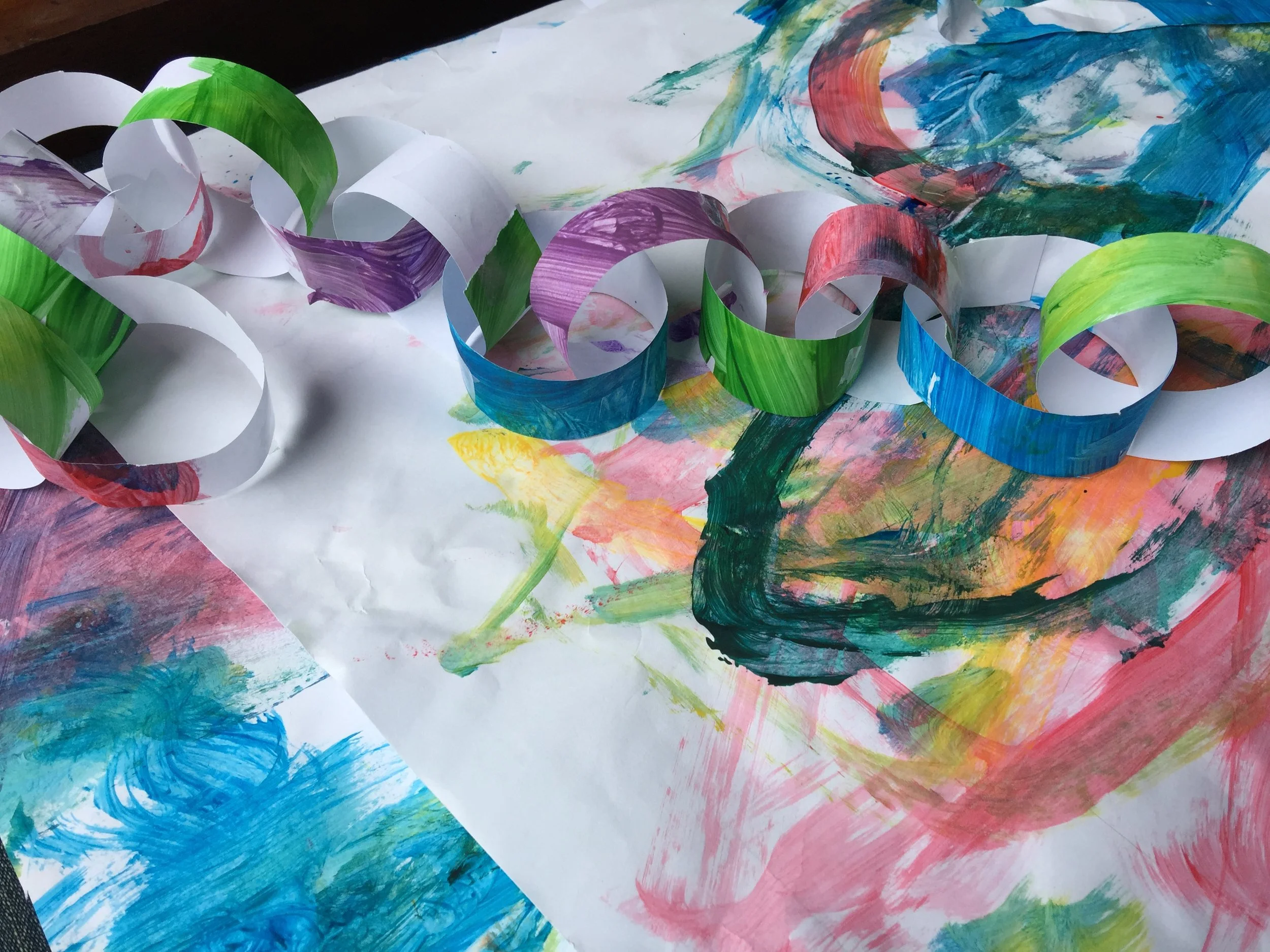Sandy summers
Sand is truly super stuff. Whether in a sandpit, at a park, in a tub, or even as a packet of kinetic sand on a kitchen table, it's a simple material that invites children to experiment and play.
If you’re lucky enough to hit a beach this summer, make the most of the sand that adorns the shoreline. Don’t stress over the cupload of grains that will surely tumble onto your bathroom floor from trouser cuffs at bathtime! It’s all worth it.
Here are a few reasons why sandplay is fab:
It’s sensory
The many textures of sand can be intriguing for little fingers. Like water it can feel silky and soothing. But it can also be full of surprises and contrasts: dry or wet, fine or coarse, soft or hard, sugary or muddy, warm or cold. Dry sand can be poured and sifted through the fingers, but when wet it's easily patted, moulded or pushed into shapes. So many textures... what’s not to like?
It stretches the imagination
As children begin to understand the physical properties of sand, they can extend their play. Babies are happy to simply sit on sand and enjoy the feeling of it as they wiggle fingers and toes. As older children discover the malleability of the sand, they expand their creativity to design buildings, towns and castles. Provide a few common and household objects for children to use, and see what they come up with.
It’s physical
Believe me, sand is heavy - especially when wet. Digging, pouring, sifting and scooping sand gets young muscles moving in a whole host of ways. Busy children may be using muscles in their fingers, hands, arms and upper bodies in order to get a sandy job done. Their legs and lower bodies get a workout too, as they squat, or lug full buckets around. And isn’t it great when those busy little builders are too focused to even notice that they’re exerting themselves.
It’s unstructured
Sand invites play that is open ended - that is it doesn’t direct children to a defined result. Instead it encourages play at their own level, whatever it may be. As they get older, children can discover new ways to manipulate sand to build, experiment and create. Many children find playing with sand to be relaxing and non-threatening.
It can encourage social skills
When they play alongside each other in sand, or work together as a team on a teetering sandcastle, children face the challenge of sharing tools, making space for one another, and negotiating outcomes. They discover that good communication helps things along.
It gets kids thinking
Building with sand can trigger a whole lot of problem solving. For example:
“How can I dig a hole?
“How can I make my castle taller?”
“How do I fill this bucket?”
Children also discover cause and effect: “How long do I have before my castle gets smashed by a wave!!!”
It teaches mathematical concepts
Playing with containers and buckets in sand introduces ideas about measurement such as "empty" and "full" or "heavy" and "light." Offering containers of varying sizes and shapes helps to teach children about ideas such as "more than," "less than," and "equal."
It’s creative
Beach sand makes a wonderfully huge canvas to draw on with a stick, or scribble into with sand tools. It can be a fun place to experiment with letters, write names or messages. Sandcastles can be moulded from buckets or built by hand, they can be decorated with shells, sticks, feathers or seaweed. They can be made in a myriad of shapes and sizes.
It invites experimentation
While littlies may enjoy pouring a pile of sand from a bucket, and older child may use the very same bucket to mould a sandcastle, or dig an elaborate channel that connects to the sea. The possibilities are endless.
So get your crew into some sunsmart gear, and get out and enjoy some sandy summery good fun.






